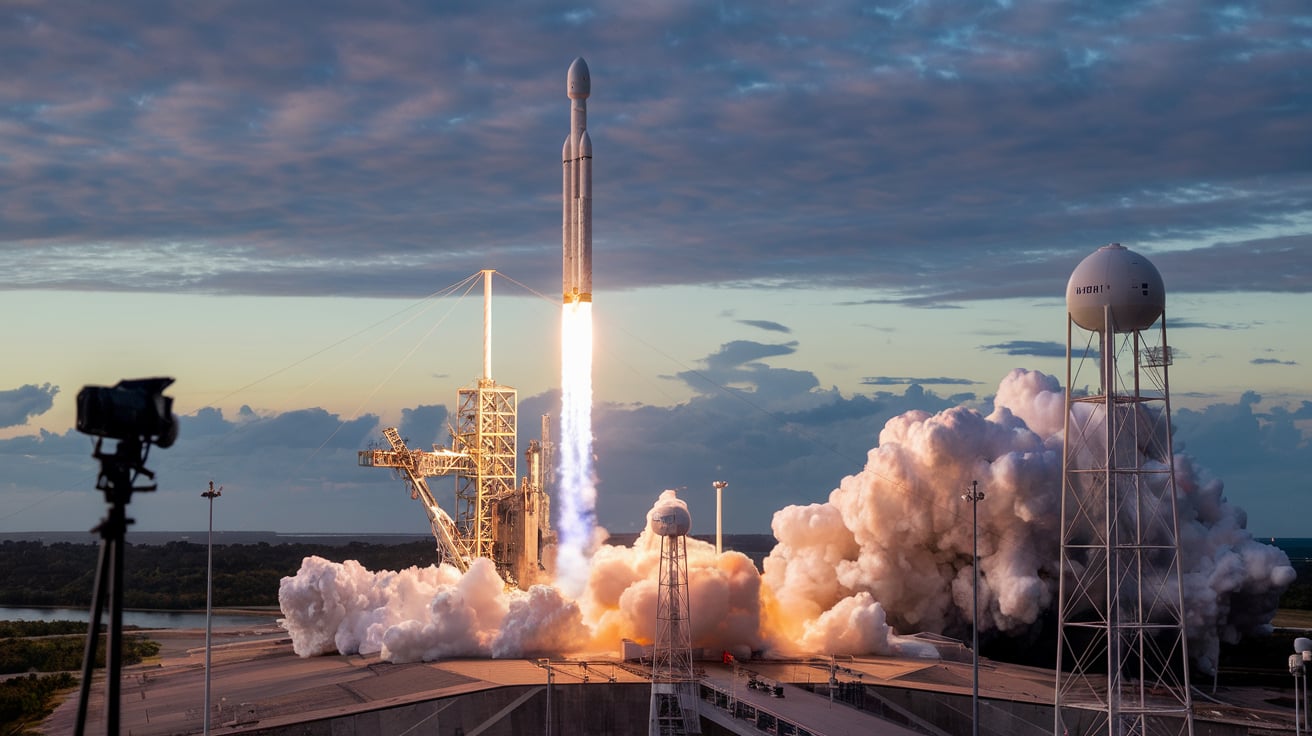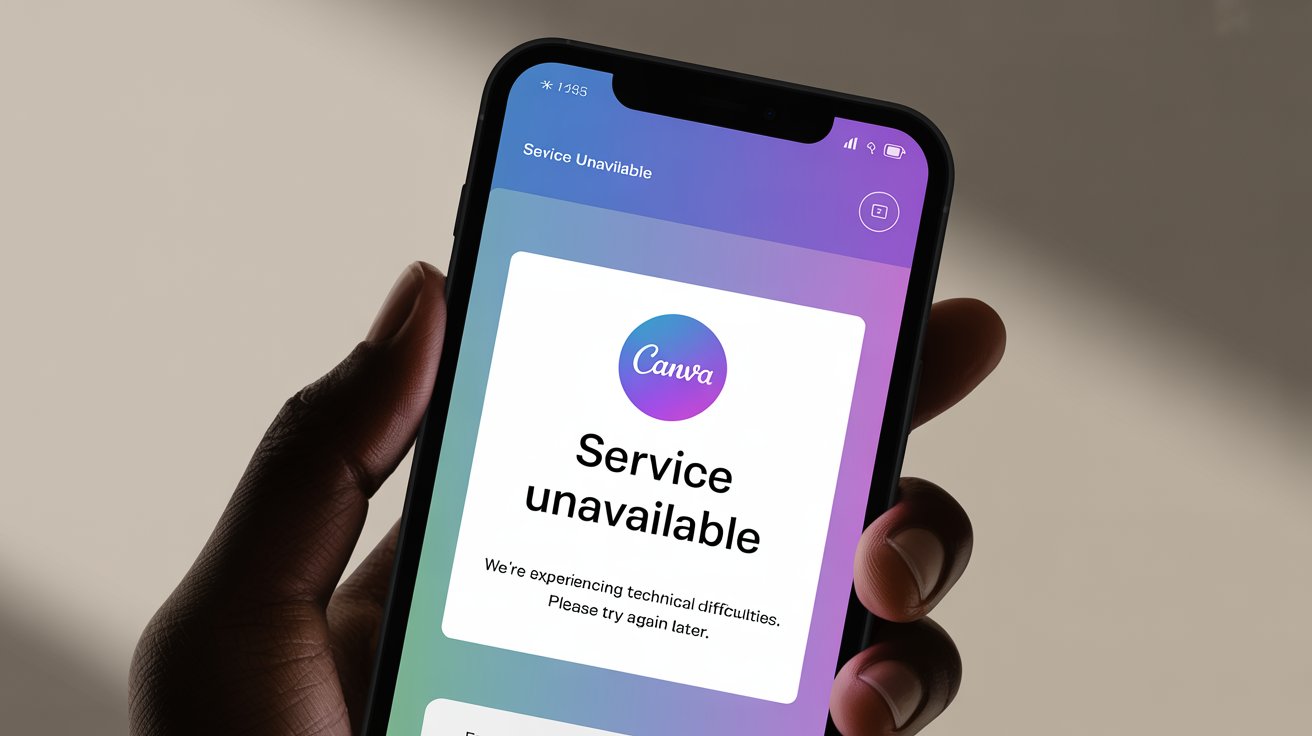Watch Live: SpaceX Launches 21 Starlink Satellites During Final Orbital Launch of 2024
SpaceX has once again proven its dominance in the realm of space exploration and satellite deployment with its latest mission. The company concluded 2024 with a spectacular orbital launch, deploying 21 Starlink satellites into space. This event marks yet another milestone in SpaceX’s ambitious efforts to expand its global satellite internet network.
This article delves into the details of the launch, its significance, and what it means for SpaceX, Starlink users, and the future of satellite technology. SpaceX Launches 21
Overview of the Launch
On December 31, 2024, SpaceX executed its final orbital mission of the year, deploying 21 Starlink satellites aboard a Falcon 9 rocket. The launch occurred at Cape Canaveral Space Force Station in Florida, drawing the attention of space enthusiasts and industry experts alike.
The mission aimed to enhance the Starlink satellite constellation, which now includes thousands of satellites in low Earth orbit (LEO). The deployment is part of SpaceX’s broader vision to provide high-speed, low-latency internet access to remote and underserved areas worldwide. SpaceX Launches 21
Key Launch Details:
- Rocket Used: Falcon 9
- Payload: 21 Starlink satellites
- Launch Location: Cape Canaveral Space Force Station, Florida
- Orbit: Low Earth Orbit (LEO)
Table of Contents
What Makes This Launch Significant?
- Final Orbital Launch of 2024
The launch marks the culmination of a highly productive year for SpaceX, with multiple successful missions. This achievement underscores SpaceX’s capability to sustain a high launch cadence while maintaining precision and reliability. - Advancing the Starlink Network
The addition of 21 satellites to the Starlink constellation enhances its capacity, coverage, and network performance. These satellites will improve internet speeds and reliability for existing and future users, particularly in regions with limited connectivity options. - Reusability Milestone
The Falcon 9 rocket used in this mission was a reusable booster, reflecting SpaceX’s commitment to cost-effective and sustainable space operations. The booster has been used in multiple prior missions, showcasing SpaceX’s advancements in rocket reusability.
Starlink: Revolutionizing Global Internet Access
The Starlink project is SpaceX’s ambitious plan to create a constellation of satellites that provide internet access to users across the globe.
Benefits of Starlink: SpaceX Launches 21
- Global Coverage: Accessible even in remote and rural areas.
- Low Latency: Faster than traditional satellite internet due to the proximity of satellites to Earth.
- High Bandwidth: Capable of supporting streaming, gaming, and other data-intensive activities.
Challenges:
Despite its advantages, Starlink faces challenges such as competition from other satellite providers, regulatory hurdles, and concerns about space debris. However, SpaceX’s ongoing advancements and successful launches like this one solidify its leadership in the satellite internet market.

How to Watch SpaceX Launches Live
SpaceX’s live launches have become a major event for space enthusiasts around the world. Here’s how you can watch them: SpaceX Launches 21
- SpaceX’s Official Website
SpaceX streams its launches live on its official website, providing viewers with detailed commentary and high-quality visuals. - YouTube Channel
The SpaceX YouTube channel is another popular platform for live broadcasts. Subscribers can set reminders to ensure they don’t miss the action. - Social Media Updates
Follow SpaceX on platforms like Twitter, Instagram, and Facebook for real-time updates, behind-the-scenes content, and post-launch analyses. - Third-Party Platforms
Several third-party space enthusiast channels and websites also stream SpaceX launches, often adding their own commentary and analysis.
The Role of Falcon 9 in SpaceX’s Success
Falcon 9, the workhorse of SpaceX, played a crucial role in this mission. Known for its reliability and reusability, Falcon 9 has revolutionized the space industry by significantly reducing the cost of launching payloads into orbit.
Falcon 9 Features:
- Reusable First Stage: Designed to return and land for reuse, lowering mission costs.
- Payload Capacity: Capable of carrying large payloads, making it suitable for satellite deployments.
- Proven Reliability: Falcon 9 has completed hundreds of successful missions, solidifying its reputation as a dependable launch vehicle.
Looking Ahead: SpaceX’s 2025 Plans SpaceX Launches 21
With the successful conclusion of 2024, SpaceX is gearing up for an even busier 2025. The company has several key objectives for the upcoming year:
- Expanding the Starlink Constellation
SpaceX plans to launch additional satellites to enhance Starlink’s capacity and reach, particularly in underserved regions. - Starship Missions
The Starship spacecraft, currently under development, is expected to play a pivotal role in upcoming missions, including lunar and Mars exploration. - Commercial Partnerships
SpaceX will likely continue to secure contracts with government agencies and private corporations, further solidifying its position in the space industry. - Space Tourism
Building on its previous achievements, SpaceX may expand its offerings in space tourism, bringing the dream of space travel closer to reality for private citizens.
Public Reaction and Global Impact
SpaceX’s launch of 21 Starlink satellites has generated significant public interest. Social media platforms are abuzz with discussions about the event, highlighting the growing fascination with space exploration.
Economic Impact
The success of Starlink and similar projects has far-reaching implications for global connectivity and economic growth. By bridging the digital divide, Starlink enables access to education, healthcare, and business opportunities in underserved areas. SpaceX Launches 21
Environmental Concerns
While SpaceX’s accomplishments are commendable, critics have raised concerns about the environmental impact of increased satellite launches and the risk of space debris. Addressing these issues will be crucial as SpaceX and other companies continue to expand their operations.

Conclusion
The launch of 21 Starlink satellites during SpaceX’s final orbital mission of 2024 is a testament to the company’s relentless pursuit of innovation and excellence. By enhancing the Starlink constellation, SpaceX is bringing us closer to a future where high-speed internet is accessible to everyone, regardless of location.
As we look forward to SpaceX’s endeavors in 2025 and beyond, one thing is certain: the company will continue to push the boundaries of what’s possible in space exploration and technology. For now, the successful conclusion of 2024 is a moment of celebration, not just for SpaceX, but for humanity’s collective progress in reaching for the stars. SpaceX Launches 21




Thank you for your sharing. I am worried that I lack creative ideas. It is your article that makes me full of hope. Thank you. But, I have a question, can you help me?
Your point of view caught my eye and was very interesting. Thanks. I have a question for you.
Thanks for sharing. I read many of your blog posts, cool, your blog is very good.
As a Newbie, I am permanently searching online for articles that can benefit me. Thank you
great post, very informative. I ponder why the other experts of this sector don’t understand this. You must continue your writing. I am sure, you have a huge readers’ base already!
Admiring the hard work you put into your site and detailed information you provide. It’s nice to come across a blog every once in a while that isn’t the same unwanted rehashed material. Wonderful read! I’ve bookmarked your site and I’m including your RSS feeds to my Google account.
I just couldn’t depart your website before suggesting that I really loved the usual information a person provide on your guests? Is gonna be back ceaselessly to check up on new posts.